Move the world with your hands- Zirkonzahn
100 % Human Zirconium Technology
Full Contour Highly Translucent Zirconia with 1400 MPa of strength!!!!
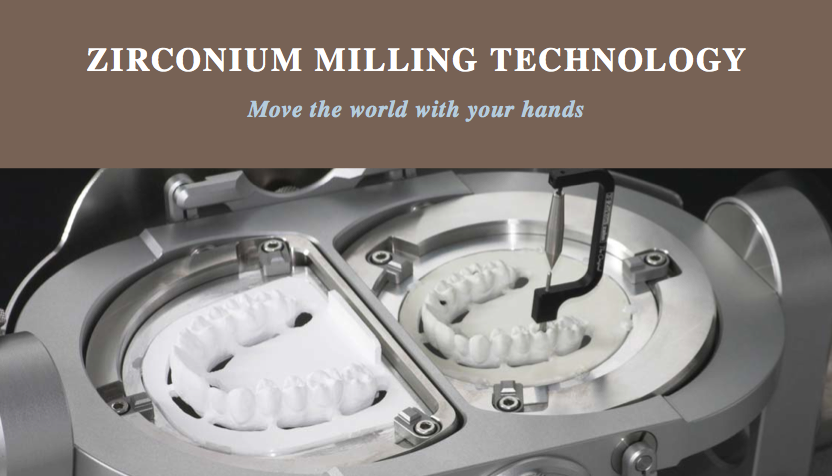
What is Zirconia?
•Zirconium (ZrSiO4) belongs to the mineral group of silicates and was discovered in 1789 by the German chemist M. H. Klaproth.
•Zirconium dioxide (zirconia ZrO2) is a natural compound of the element zirconium which occurs in nature. It has been used in dentistry for up to 15 years. Zirkonzahn zirconia is partially stabilised with yttrium and enriched with aluminium. This process lends the material the desired characteristics of high flexural strength (> 1400 MPa*), hardness (1200 HV*) and a Weibull modulus of 15.84*.
(* Zirkonzahn ICE Translucent Zirconia values)
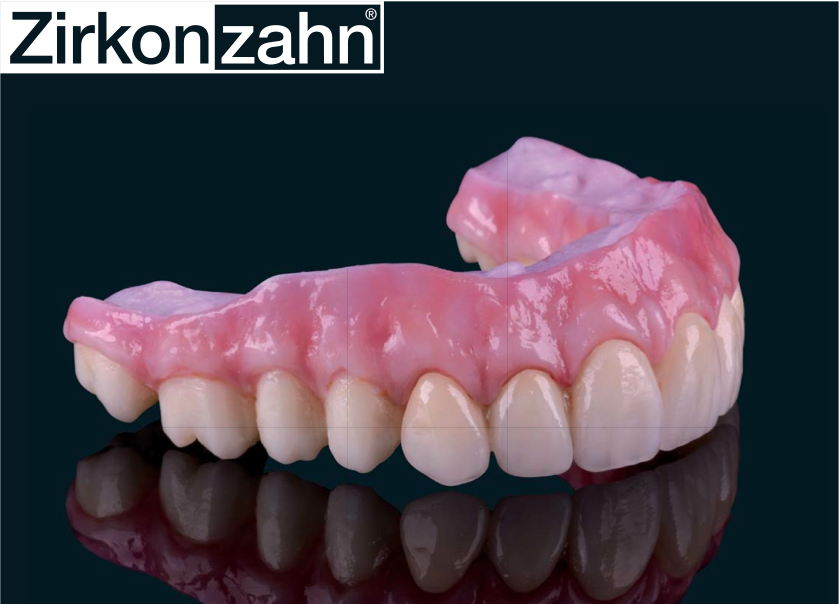
Where is it used?
•Zirconia has already been used over 40 years for industrial purposes. It is exceptionally durable and 100% biocompatible. For these reasons it is used increasingly in surgery for ear-, finger- and hip prostheses. Applications for dentistry are found in zirconia pins, crowns, bridges and implants. The material’s natural white base allows individual colouring in prescribed dentin shades. The biotechnical characteristics of zirconia result in high quality crowns, bridges and implants with excellent biocompatibility and aesthetic appearance.
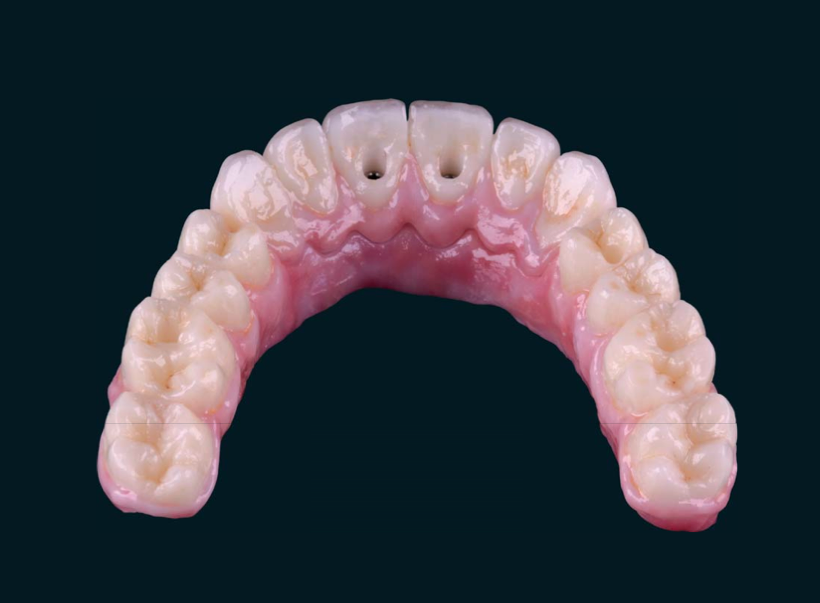
Are metal-free/full zirconia restorations possible?
•Replacement of conventional (precious) metal-based restorations with zirconia is entirely possible, but should only be carried out by dental technicians who have undertaken special training in this field.
•Zirkonzahn has also developed a new material called Prettau Zirconia. It displays a high amount of translucency and is very attractive for use in 100% full-zirconia restorations. Colouring requires a special technique which needs to be learned.
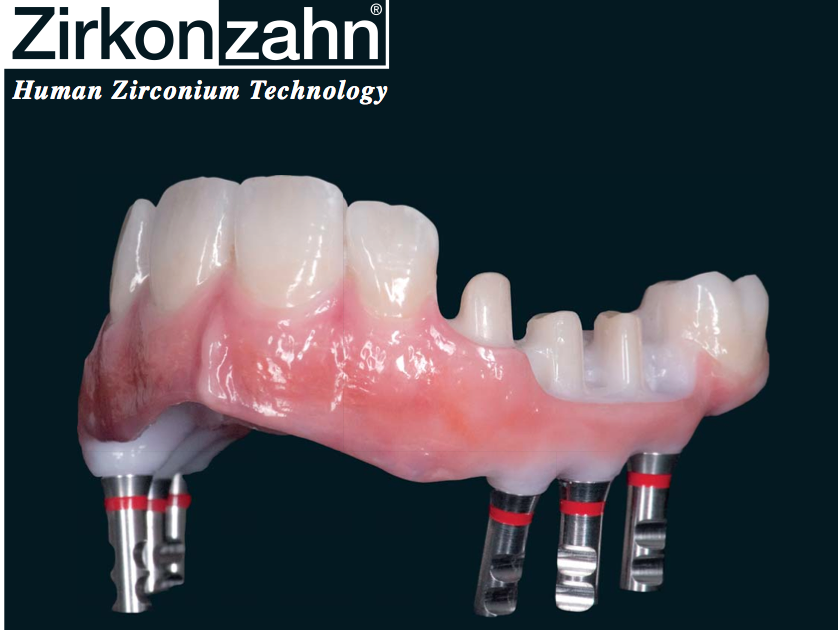
Can removable dental prostheses be made from zirconia?
•Yes, if the physical properties of zirconia are considered and it’s parameters observed correctly, a trained dental technician can produce such restorations
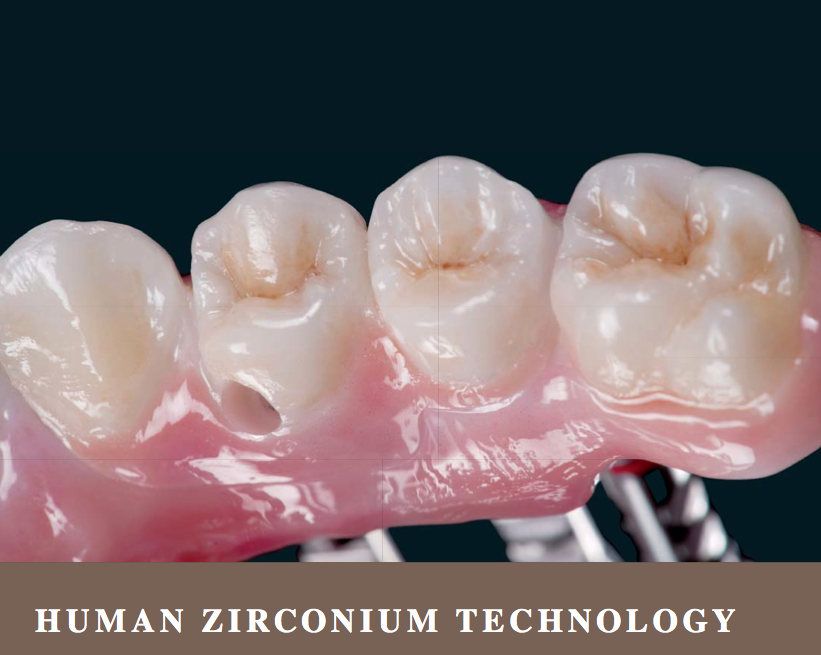
• The raw base material for the production of zirconium dioxide is the mineral zirconium (ZrSiO4). Zirconium dioxide is produced in a chemical process using additives. Distinctions are made between sinter additives which influence the actual sinter process and characteristics of the final material, and auxiliary additives which facilitate workability. So-called “green blocks” are produced through a certified manufacturing process.
• Sinter additives remain in the zirconium oxide, while the auxiliary additives (mainly volatile organic compounds apart from water) are removed from the material before sintering, leaving no residue. The green blocks are stabilised in a pre-sinter process to a degree that allows machining with tungsten milling tools. Framework milled from the chalky green blocks is enlarged by about 25%. Shrinkage during the final sinter fire at 1500°C results in the frame’s final 1:1 size. The sinter process effects a shrinkage of 20%. Through it the frame acquires the final flexural strength and hardness by compaction of the material particles.
• This is achieved by temperature-dependent diffusion processes with varying degrees of surface-, grain boundary- and volume diffusion. If the solidifying diffusion process happens too slow, sintering can be carried out under pressure in addition. This is called hot pressing or hot isostatic pressing (“hipping“) the zirconia. Chemical composition and processing methods very much determine the quality characteristics of the end product.
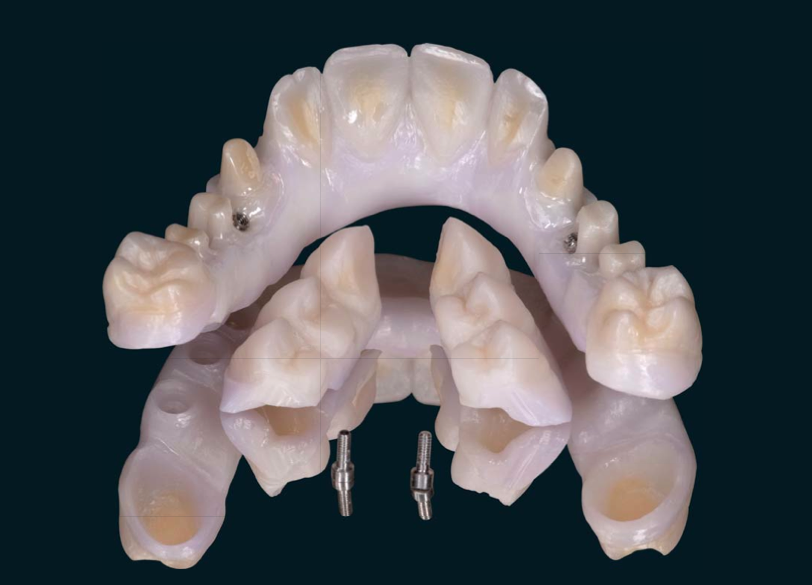
How durable is porcelain-veneered zirconia framework compared to PFM restorations?
• There are no disadvantages compared to PFM technology provided the restoration fits well and veneer porcelain support is adequate.
Should zirconia restorations be water cooled when frame adjustments are made?
• Water cooling is recommended but not essential. Avoid spot heating when trimming or polishing.
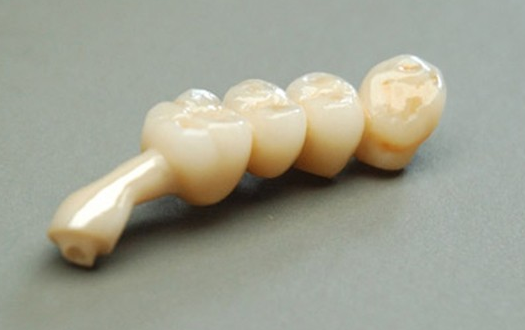
How does the ageing process of zirconia and related loss of strength compare with conventional metal-ceramic?
• All materials age, even metals. The flexural strength of metal before ageing is about 500 MPa. ICE zirconia is about 1400 MPa. Even with an assumed strength degradation of 30% (which noone has proven so far) zirconia still maintains 980 MPa.
Why is the ICE Zirconia shrinkage factor always consistent ?
• A Zirkonzahn company secret.
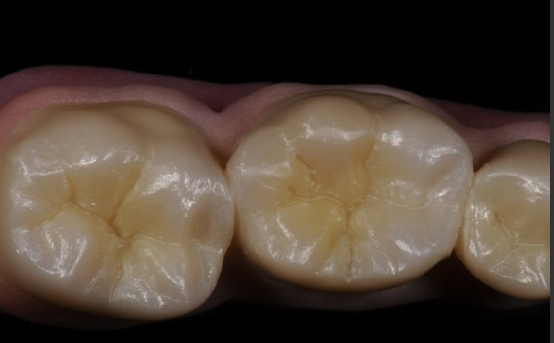
How is the connection between veneer porcelain and zirconia achieved?
• Mechanical retention, compressive adhesion and surface fusion.
Who has recorded long-term studies & experiments for zirconia restorations?
•The University of Zurich has recorded promising positive long-term studies involving an unprecedented 12 years of zirconia research.
How should zirconia restoration be cemented?
• Phosphate or glass ionomer cement. Conventional cementation as the material cannot be etched.

Strength comparison of zirconia vs. metal-ceramic?
Zirconia is more fracture resistent but less flexible than precious metal.
What are the indications and contraindications?
• Indicated for all fixed or removeable prostheses
• Contra-indicated where vertical dimensions are minimal.
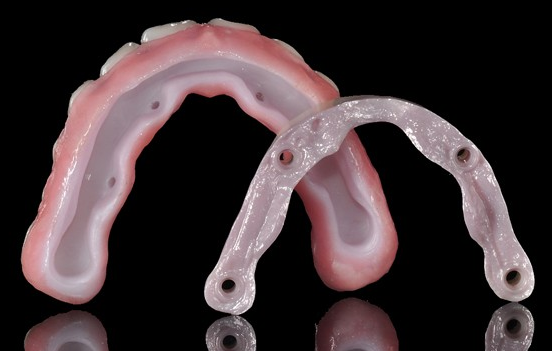
Aesthetic comparison of zirconia vs. metal frame work
• ICE zirconia framework is translucent and far superior to the opaque appearance of metal-ceramic.
Can margins be modified after try-in?
• Margin extensions are possible by adding porcelain shoulders. If in doubt about margin definition, verify mock-up frame fit in situ first before milling.
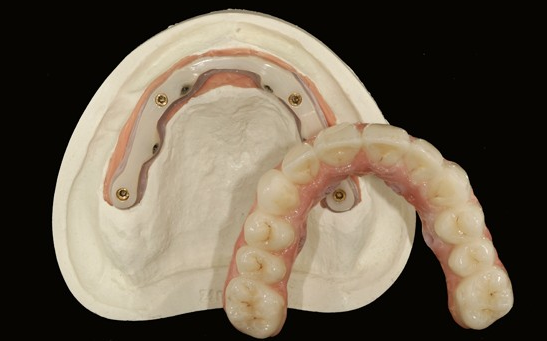
Why do bridges break?
• Bridges may break when fundamental frame-design errors are committed. Zirkonzahn provides a connector-strength calculation table for bridgework. A free download of the table is available from www.zirkonzahn .com.
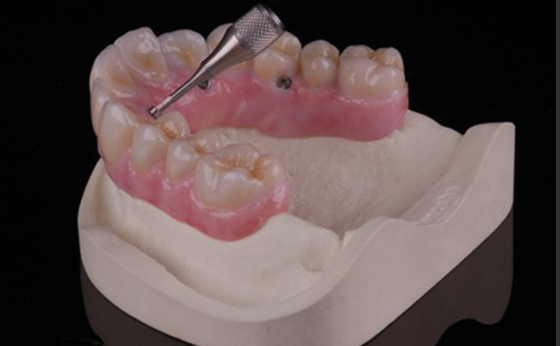
 Thursday, May 7, 2009 at 9:34PM
Thursday, May 7, 2009 at 9:34PM 


Reader Comments